44 labels and selectors in kubernetes
Kubernetes - Wikipedia Labels and selectors. Kubernetes enables clients (users or internal components) to attach keys called "labels" to any API object in the system, such as pods and nodes. Correspondingly, "label selectors" are queries against labels that resolve to matching objects. When a service is defined, one can define the label selectors that will be used by ... Kubernetes Core Concepts - Labels, Selectors and Annotations What are Selectors in Kubernetes? Selectors are used to filter out objects based on their assigned Labels. Labels and Selectors goes hand in hand. For example Selectors will help us filter out objects like give all the application pods which are of type staging. Example syntax to define Selectors
Labels and Selectors — Kubernetes on AWS 0.1 documentation Labels and Selectors ¶ Labels are key/value pairs that are attached to Kubernetes objects, such as pods (this is usually done indirectly via deployments). Labels are intended to be used to specify identifying attributes of objects that are meaningful and relevant to users. Labels can be used to organize and to select subsets of objects.
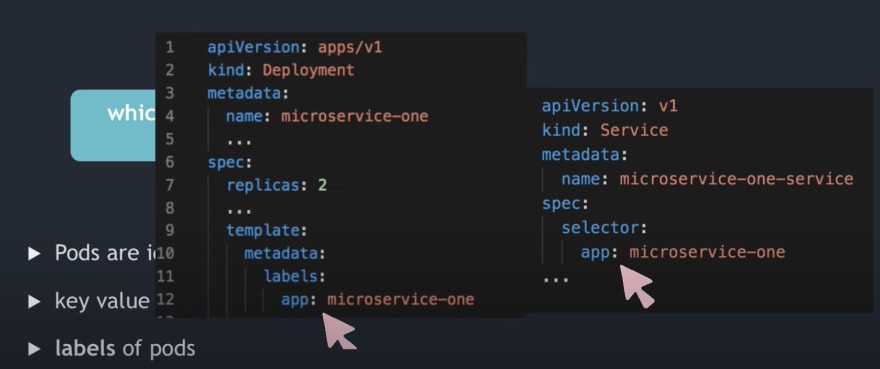
Labels and selectors in kubernetes
Labels and Selectors - Kubernetes - GitLab Label selectors. Unlike names and UIDs, labels do not provide uniqueness. In general, we expect many objects to carry the same label(s). Via a label selector, the client/user can identify a set of objects. The label selector is the core grouping primitive in Kubernetes. The API currently supports two types of selectors: equality-based and set ... Kubernetes, Labels and Selectors - Automated Ramblings Labels are a key/value formatted peice of metadata attached to an object within Kubernetes. Labels provide additional information about the object with relevance to the consumer or object. For example, a label can specify hardware characteristics of a node or if a workload is for testing of production. Labels implicitly group like objects ... Learn Kubernetes Labels By Following Examples - Densify K8s selectors allow users to filter objects based on labels, and can be used by the Kubernetes platform as well. user perspective, K8s labels and selectors can manipulate objects such as: Pods Nodes Services Secrets Ingress Resources Deployments Namespaces Why do we need to use Kubernetes labels?
Labels and selectors in kubernetes. Kubernetes: Usage and Understanding of Kubernetes Labels, MatchLabels ... The main reason for Creating Labels is like an identifier. if we add a label to the pod, then other Kubernetes objects (Ex: Service, DaemonSet) can communicate with the pod by only mentioning the pod's label under Selector. Labels are key/value pairs that are attached to objects, such as pods. Labels are intended to be used to specify ... How to Provision Node Labels and Selectors in Kubernetes? (K8s) Labels selectorsare core grouping primitive in Kubernetes. They are used by the users to select a set of objects. KubernetesAPI currently supports two types of selectors− Equality-based selectors.... Labels, Selectors and Annotations for Kubernetes resources Labels and selectors in kubernetes Lesson 7 | 29:55. In this chapter, we will talk about what are labels, selectors, and annotations in the case of Kubernetes. Let's understand in detail about the equality based and set based requirements and what are the resources that support equality based requirements but not the set based requirements. Labels and Selectors in Kubernetes - YouTube In this video I talked about what are labels, selectors and annotations in the case of Kubernetes. I talked in detail about the equality based and set based requirements and what are the resources...
Labels and Selectors | Kubernetes Information v1.24 v1.23 v1.22 v1.21 v1.20 English Chinese 한국어 Korean 日本語 Japanese Español Bahasa Indonesia Русский Home Available Documentation Versions Getting started Learning environment Production environment Container runtimes Installing Kubernetes with deployment tools Bootstrapping clusters with kubeadm Installing... Labels and Selectors - Kubernetes The label selector is the core grouping primitive in Kubernetes. The API currently supports two types of selectors: equality-based and set-based . A label selector can be made of multiple requirements which are comma-separated. In the case of multiple requirements, all must be satisfied so the comma separator acts as a logical AND ( &&) operator. Filtering Kubernetes Resources using Labels, Annotations, and Selectors ... Selectors are used to identify objects tagged with particular labels in Kubernetes. You can use selectors to group the relevant resources. For example, you can use selectors to map the pods that share the same label for a service. For more information, see the official Kubernetes documentation on Labels and Selectors . › use-node-selectors-in-kubernetesHow to use Node Selectors in Kubernetes - HowtoForge Kubernetes Cluster with at least 1 worker node. If you want to learn to create a Kubernetes Cluster, click here. This guide will help you create a Kubernetes cluster with 1 Master and 2 Nodes on AWS Ubuntu 18.04 EC2 Instances. What we will do. Configure Node-Selectors; Configure Node-Selectors
Kubernetes Labels & Selectors - Kubernetes - Wisdom Jobs Selectors. Labels do not offer individuality. In overall, we can say numerous objects can carry the same labels. Labels selector are core grouping primitive in Kubernetes. They are used by the users to choose a set of objects. Kubernetes API currently supports two type of selectors −. Equality-based selectors; Set-based selectors; Equality ... What is the difference between Label and Selector in kubernetes? Via a label selector, the client/user can identify a set of objects. The label selector is the core grouping primitive in Kubernetes. In a nutshell label selectors depend on labels to select a group of resources such as pods. For example a deployment selects a group of pods by a label selector in the deployment spec. Share kubernetes.io › working-with-objects › labelsLabels and Selectors | Kubernetes Jul 01, 2021 · Labels are key/value pairs that are attached to objects, such as pods. Labels are intended to be used to specify identifying attributes of objects that are meaningful and relevant to users, but do not directly imply semantics to the core system. Labels can be used to organize and to select subsets of objects. Labels can be attached to objects at creation time and subsequently added and ... › kubernetes › kubernetesKubernetes - Labels & Selectors - Tutorials Point Labels selector are core grouping primitive in Kubernetes. They are used by the users to select a set of objects. Kubernetes API currently supports two type of selectors − Equality-based selectors Set-based selectors Equality-based Selectors They allow filtering by key and value. Matching objects should satisfy all the specified labels.
Using K8s Label Selectors in Go without doing it wrong The labels.Selector interface is located in the apimachinery repo under pkg/labels/selector.go. It's used to read and query Kubernetes Objects via their labels. You should use it because: It...
Labels and Selectors in Kubernetes | ANOTE.DEV Labels and Selectors are a standard method to group things together. Labels are key/value pairs that are attached to objects, such as pods. Labels are intended to be used to specify identifying attributes of objects that are meaningful and relevant to users but do not directly imply semantics to the core system.
kubernetes.io › docs › referenceWell-Known Labels, Annotations and Taints | Kubernetes Well-Known Labels, Annotations and Taints. Kubernetes reserves all labels and annotations in the kubernetes.io namespace. This document serves both as a reference to the values and as a coordination point for assigning values.
Working with labels and selectors | Kubernetes Cookbook - Packt Working with labels and selectors Labels are a set of key/value pairs, which are attached to object metadata. We could use labels to select, organize, and group objects, such as Pods, ReplicaSets, and Services.
kubernetes.io › working-with-objects › common-labelsRecommended Labels | Kubernetes Jan 11, 2022 · You can visualize and manage Kubernetes objects with more tools than kubectl and the dashboard. A common set of labels allows tools to work interoperably, describing objects in a common manner that all tools can understand. In addition to supporting tooling, the recommended labels describe applications in a way that can be queried. The metadata is organized around the concept of an application ...
A Kubernetes Guide for Labels and Selectors | Datree.io Labels can be used by both Kubernetes and homo-sapiens to organize and to select subsets of objects. When dealing with Kubernetes config files, labels are always added under the "metadata" section of the manifest. Labels vs annotations Annotations are also key-value pairs that are attached to objects and are used to describe Kubernetes resources.
Kubernetes Labels, Selectors, and Annotations | Getting Started As their name suggests, label selectors allow you to identify the objects you have tagged with particular labels. Label selectors can either be equality-based or set-based. Equality-based label selectors work by specifying an exact value that you want to match against.
Using Kubernetes Annotations, Labels, and Selectors Annotations, labels, and selectors are used to manage metadata attached to your Kubernetes objects. Annotations and labels define the data while selectors provide a way to query it. Here are the differences between the three concepts, what they're designed for, and how you can use them to manage your resources. Annotations
kubernetes.io › docs › tasksAssign Pods to Nodes | Kubernetes Jun 18, 2022 · This page shows how to assign a Kubernetes Pod to a particular node in a Kubernetes cluster. Before you begin You need to have a Kubernetes cluster, and the kubectl command-line tool must be configured to communicate with your cluster. It is recommended to run this tutorial on a cluster with at least two nodes that are not acting as control plane hosts. If you do not already have a cluster ...
Understanding Labels, Selectors and Annotations in Kubernetes There are two kinds of selectors. Equality-based and Set-based selectors. Equality-based requirement Equality based selectors help you filter resources equal to a certain key and value. You would following operators for equality based-requirements: = == != Example # this command would give us all resources with the env =prod label
› kubernetes-labelsKubernetes labels, selectors & annotations with examples Labels give us another level of categorization, which becomes very helpful in terms of everyday operations and management. Labels are attached to Kubernetes objects and are simple key: value pairs. You will see them on pods, replication controllers, replica sets, services, and so on.
certified-kubernetes-administrator-course/04-Labels-and-Selectors.md at ... Labels and Selectors. Take me to Video Tutorial; In this section, we will take a look at Labels and Selectors. Labels and Selectors are standard methods to group things together. Labels are properties attached to each item. Selectors help you to filter these items. How are labels and selectors are used in kubernetes?
The Purpose of Labels and Selectors in Kubernetes 15 Jan 2021 • 1 min read. In short, labels are a way to group and reference an object. For instance, you could group all APIs with a label like type: api. Selectors are just a way to reference objects by labels. If we set a selector to type: api, then it would be referencing all objects with that label. This turns out to be a wildly useful ...
Kubernetes nodeSelector Label - A Quick Guide - JournalDev Kubernetes nodeSelector label is the simplest form of technique to assign a pod to a specific node. In this technique, we first label a node with a specific key-value pair. Further, we include the nodeSelector in the Pod Specification and include the labels that are part of the Node. By this, the Pod finds and matches the labels on the node and ...
Labels and Selectors in Kubernetes - HowtoForge To get Pods matching a label of our choice, we can "--selector" in the command as follows. kubectl get pods --selector environment=test kubectl get pods --selector app=nginx We can also use "-l" instead of "--selector" to get the Pods matching the label of our choice. kubectl get pods -l environment=test kubectl get pods -l environment=prod
Learn Kubernetes Labels By Following Examples - Densify K8s selectors allow users to filter objects based on labels, and can be used by the Kubernetes platform as well. user perspective, K8s labels and selectors can manipulate objects such as: Pods Nodes Services Secrets Ingress Resources Deployments Namespaces Why do we need to use Kubernetes labels?
Kubernetes, Labels and Selectors - Automated Ramblings Labels are a key/value formatted peice of metadata attached to an object within Kubernetes. Labels provide additional information about the object with relevance to the consumer or object. For example, a label can specify hardware characteristics of a node or if a workload is for testing of production. Labels implicitly group like objects ...


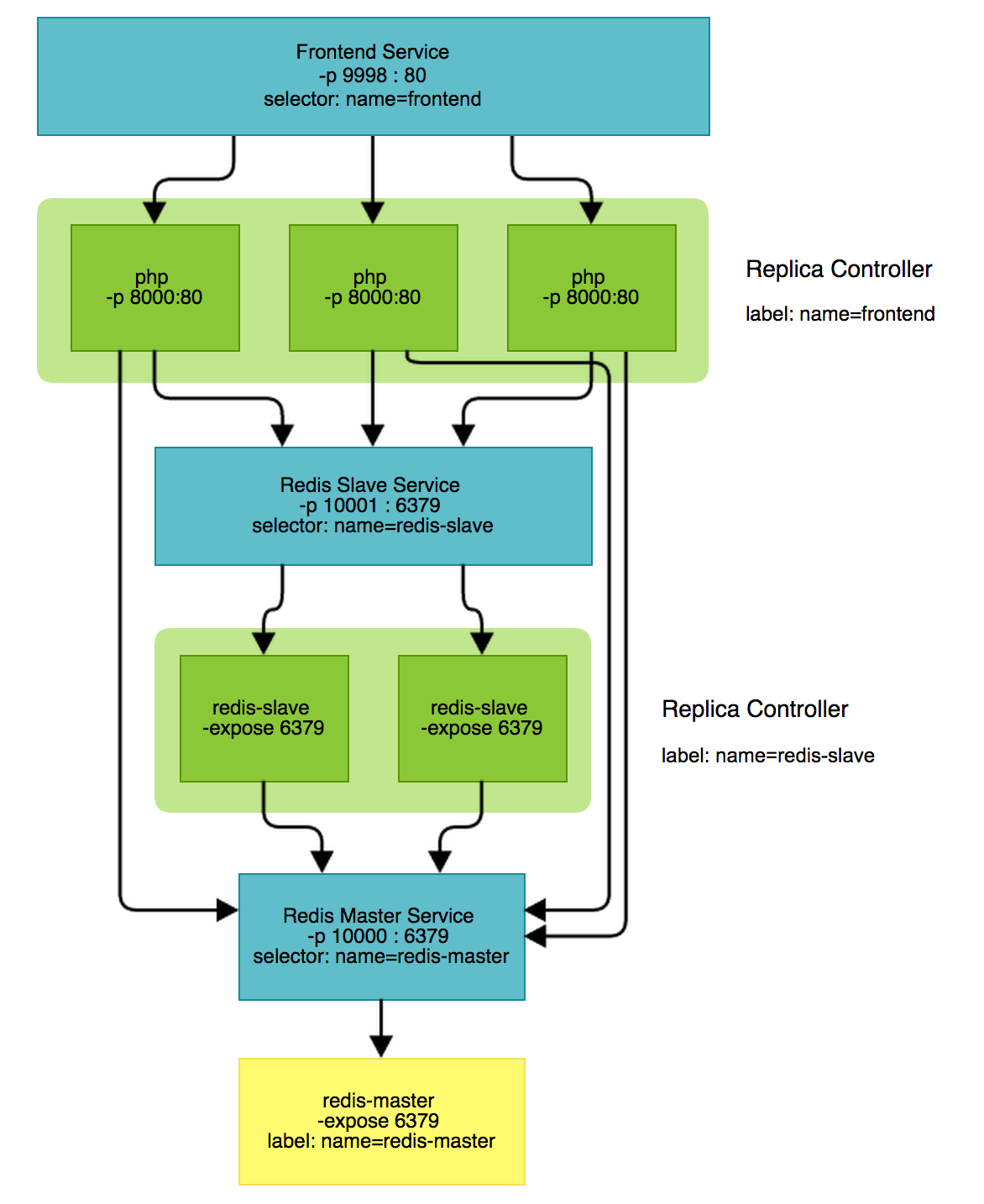
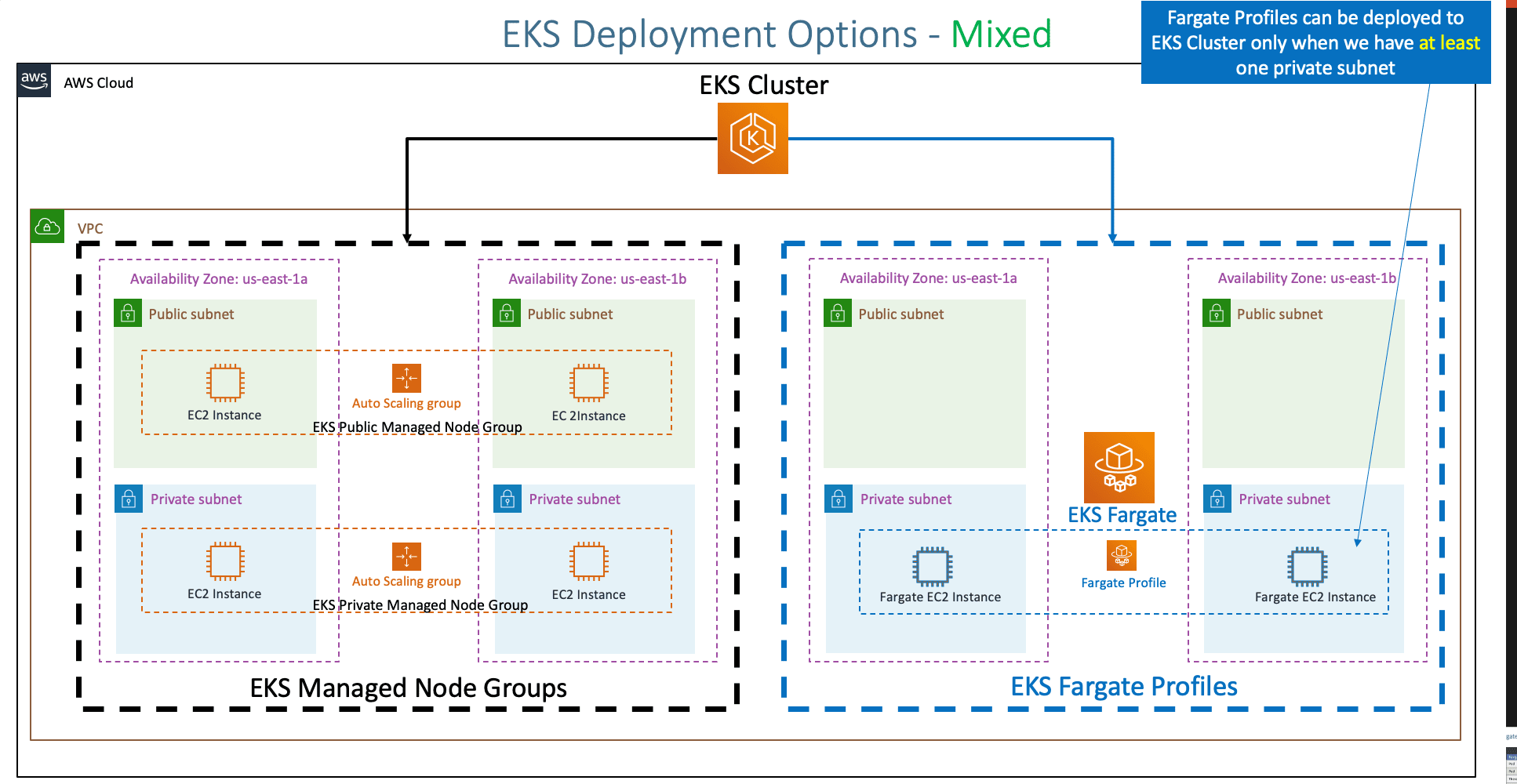






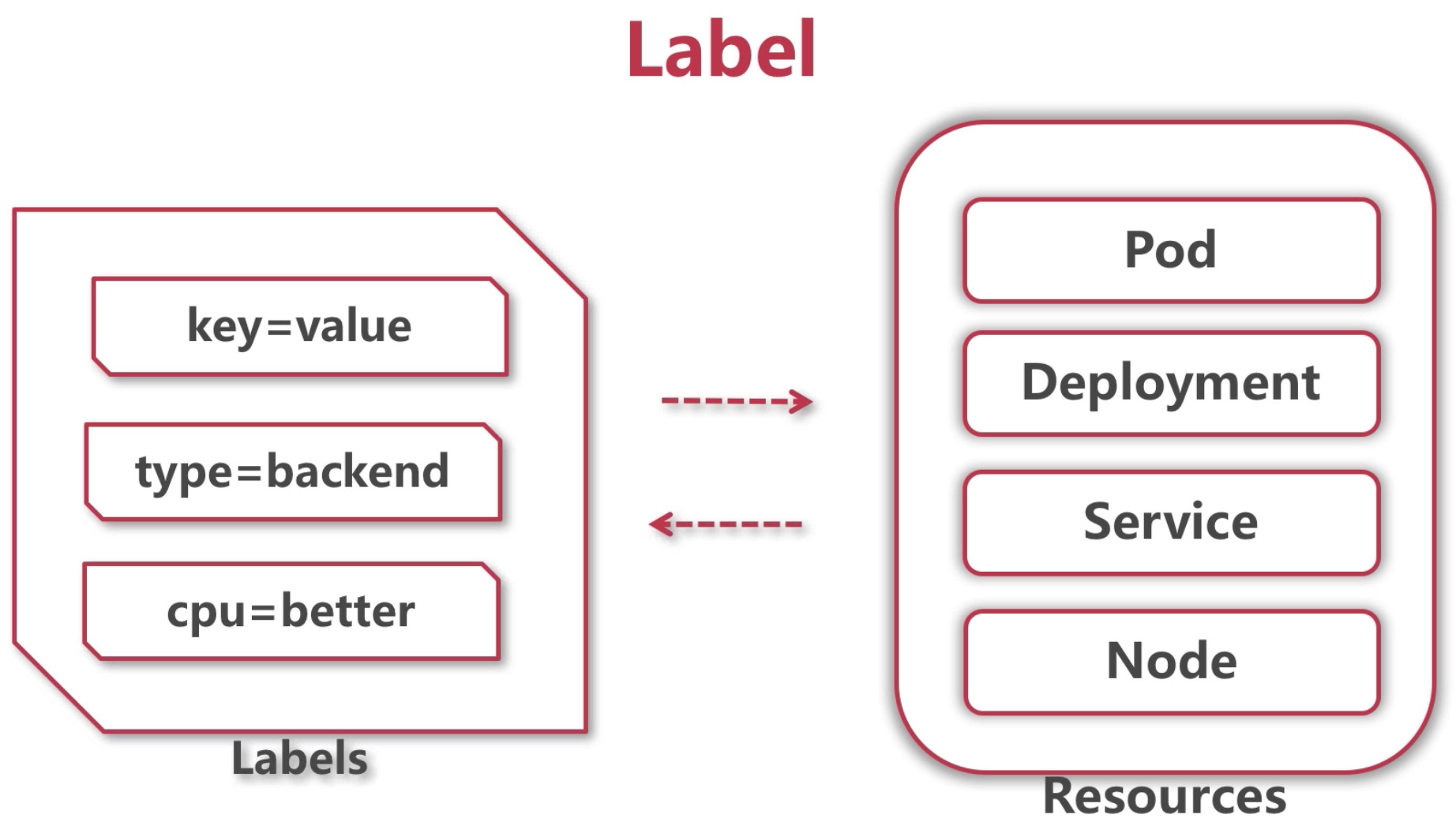


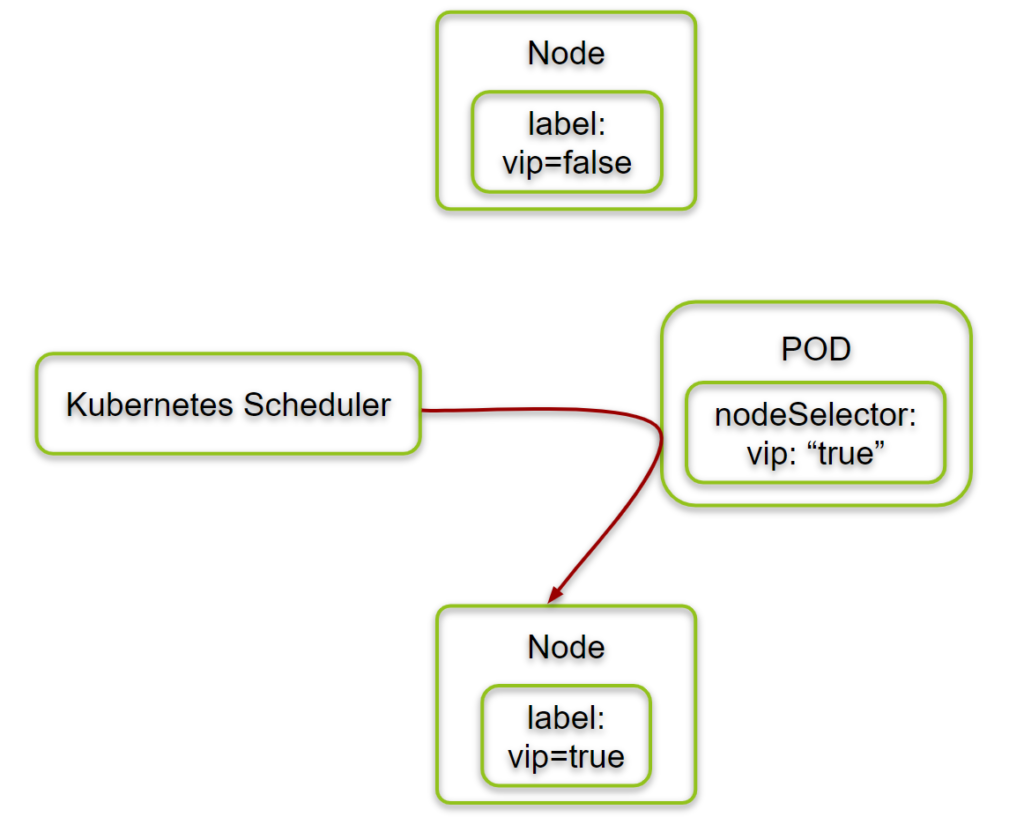
Post a Comment for "44 labels and selectors in kubernetes"